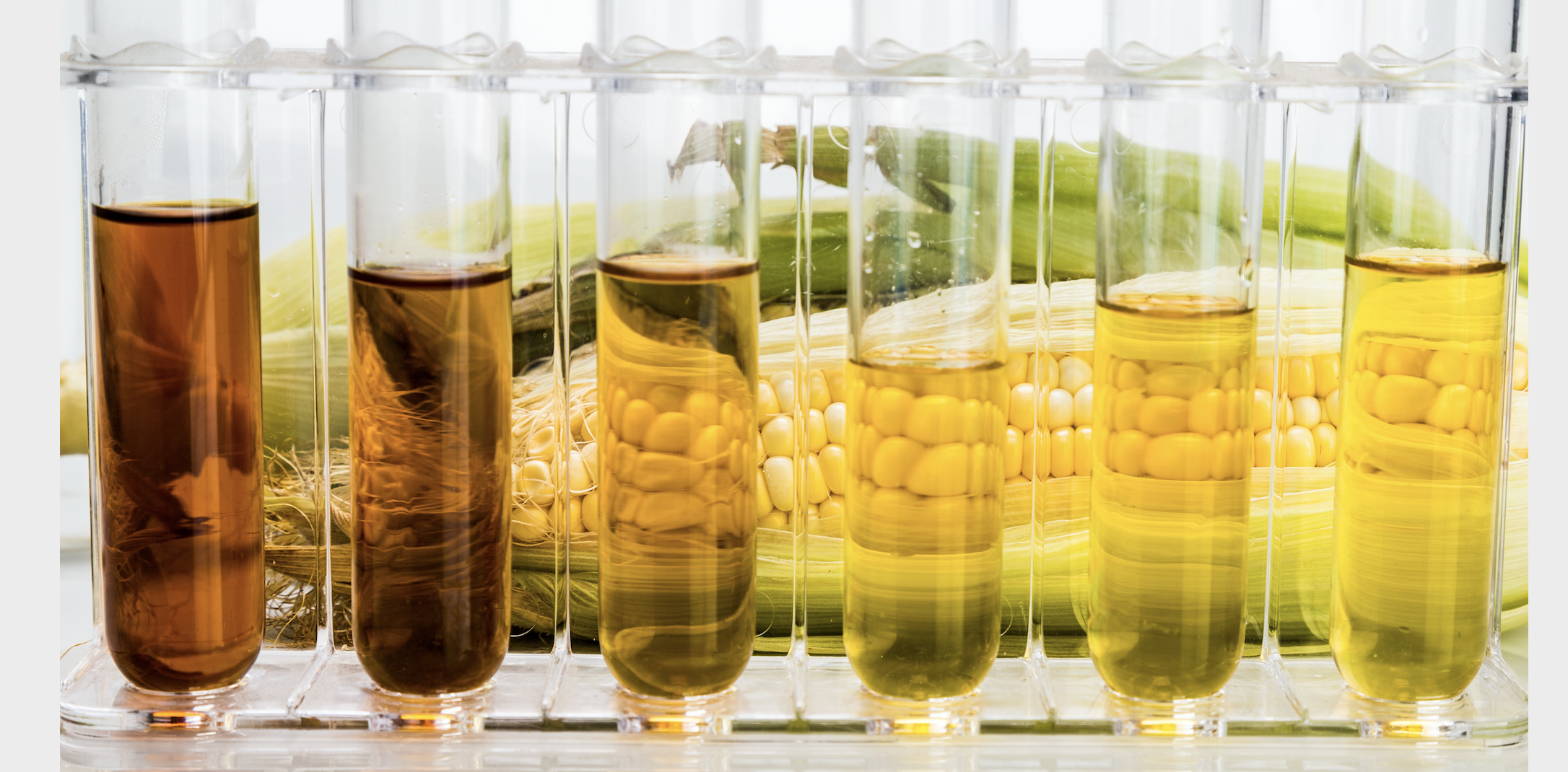04.24.2024
Biodiesel output strong in Q2; producers start locking in Q3-Q4 sales

A second producer echoed this sentiment and said they have had to work a bit harder to secure feedstock to line it up with sales at the right time.

With the LCFS in full swing and California’s goals of offsetting carbon continuing to intensify into 2020, so has the demand for low CI feedstocks for bio and renewable diesel production. This has been especially apparent in the distillers corn oil market, which has seen both price and usage increases over the last few months.
Initially, bio and renewable diesel producers saw an opportunity for additional feedstock from the distillers’ corn oil production, and ethanol producers saw an additional revenue stream. Assuming an annual biodiesel production capacity of 2.1 billion gallons, as reported by the EIA, that translates loosely into 16 billion pounds of feedstock needed to make said fuel. The combined production of US recycled products, excluding distillers corn oil, is 9 billion pounds. That 7 billion pound gap left a lot to be filled with higher priced virgin vegetable oils, and the addition of corn oil into the feedstock stream over the last few years has been a big benefit to the industry.
Now with the California LCFS program incentivizing the use of recycled feedstocks or low CI feedstocks, the demand for those 9 billion pounds (11 billion with corn oil included) is even more pronounced. LCFS credit values have multiplied six fold since this time last year, as more regulated parties are taking note of their need to reduce their CI’s with either credits or fuel to meet intensified carbon reduction goals. As credit values have increased, so has the usage of corn oil in biodiesel production. January 2016 set a record for Jan usage at 94 million pounds.
There are currently 29 plants registered with the California Air Resources Board (CARB), with a fuel production capacity of 1.33 billion gallons per year. Nearly all of these plants have multi-feedstock pathways, of which corn oil is one. If all of these plants were to suddenly decide to run 100 percent corn oil, the annual demand would be roughly 10.64 billion pounds or nearly 3.5 times the amount of distillers corn oil produced annually in the United States.
Over the last three years, DCO values have tracked loosely with soybean oil, as has much of the animal fats market. There have been times, however, when DCO threatened to close the spread and perhaps surpass soybean oil prices. The substitutability in biodiesel is certainly present, but the per-gallon difference in credit value is astonishing at $1.2094 per gallon, assuming an LCFS credit value of $121/MT.
Feed buyers buying oil for specialty, all-vegetarian diets, have fewer options when it comes to substitutes and input flexibility. Cost is certainly a big factor when considering feed inclusions, but the alternative all-vegetarian options are few due to unfavorable results in the finished broiler that are caused by too much soybean oil or high usage of unsaturated fat in rations.
Why the relationship to bean oil? Market size and tradition are likely the reason, the “It’s what we have always done” explanation dominates, even in such an immature market. We estimate that the percentage of ethanol plants producing corn oil has grown from 50 percent in 2012 to 82 percent in 2016. With the growth in both production and demand, prices should certainly start to break away as the CI scores for diesel continue to rise and the demand for carbon offset rises along with it. A handful of facilities still do not have the ability to produce biodiesel from corn oil, many of the properties that may make it favorable in broiler rations make it unfavorable to those without the proper feedstock treatment, wax, and color. Still, the low CI score and value of credits in the LCFS market have widened the spread to the other recycled products.
The California LCFS carbon intensity currently sits at 2 percent and aims to reduce carbon intensities 10 percent by 2020. To get to this goal, a variety of resources and methods will need to be employed. All of the renewable fuels play a key part in this, and distillers’ corn oil will continue to be a large piece of this complex puzzle. As more corn oil is demanded by renewable fuel producers, a disconnect between bean oil and corn oil seems inevitable, both because of low CI values, but also because of what many predict will be a rising LCFS credit market. Advancements in production technology will continue to create additional demand avenues for corn oil sellers and shift the bulk of demand to the renewable fuel sector, both in the United States and to the renewable fuel producers abroad.